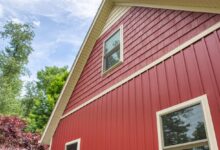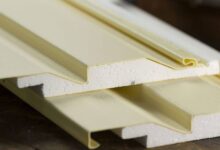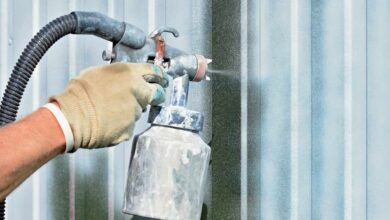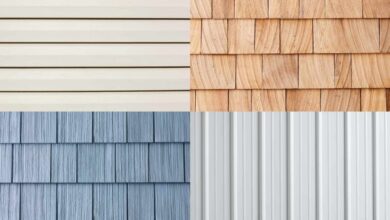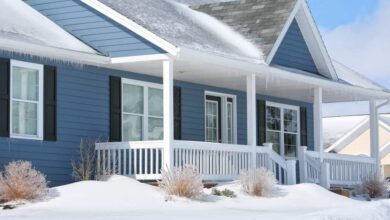Affordable Siding Repair Near Me
When it comes to maintaining the exterior of your home, siding plays a crucial role in protecting your property from the elements. Over time, however, siding can become damaged due to weather, wear and tear, or poor installation. Finding affordable siding repair services near you is essential for maintaining the structural integrity and curb appeal of your home. In this comprehensive guide, we will explore everything you need to know about affordable siding repair, its benefits, and how to find the best services and products to suit your needs.
Understanding Siding Repair: What Is It and Why Is It Important?
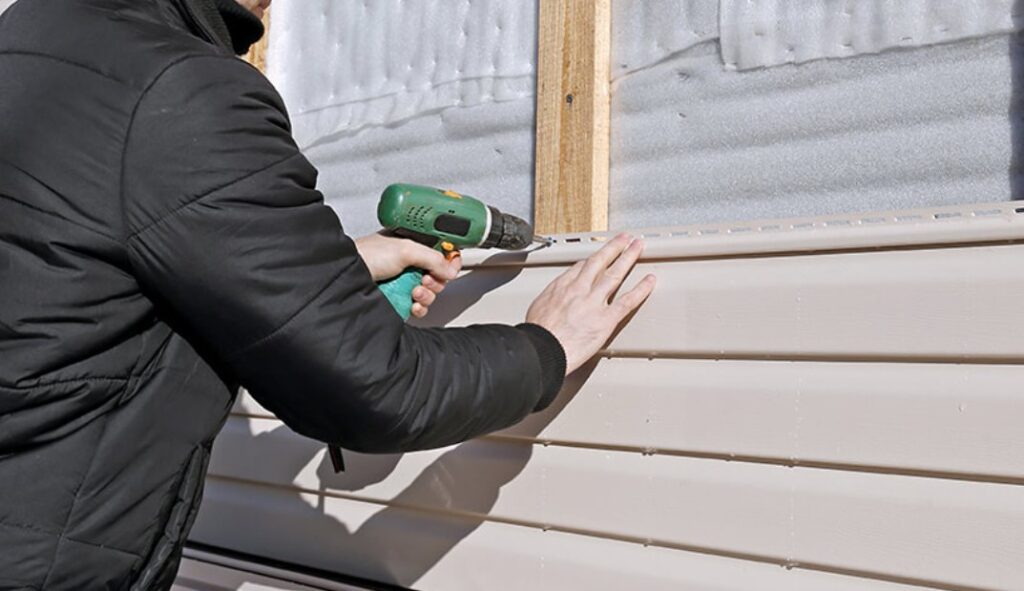
Siding repair involves fixing or replacing damaged sections of your home’s siding. Whether it’s due to cracks, holes, weather damage, or general aging, keeping your siding in good condition is essential for several reasons:
- Protection from the Elements: Siding is your first line of defense against harsh weather conditions, such as rain, snow, wind, and UV rays. Damaged siding can lead to water infiltration, which may cause serious issues like mold growth or rotting wood.
- Energy Efficiency: Well-maintained siding helps to insulate your home, keeping it cooler in the summer and warmer in the winter. Damaged or missing siding can reduce your home’s energy efficiency and lead to higher heating and cooling costs.
- Curb Appeal and Property Value: Siding is one of the most noticeable aspects of your home’s exterior. Damaged or worn-out siding can significantly impact your home’s curb appeal and, in turn, its value.
Types of Siding and Common Repair Issues
When it comes to siding, understanding the various materials used and the common repair issues associated with each is essential in making an informed decision about your siding repair needs. The type of siding you have significantly impacts the repair process, the cost, and the type of materials or tools needed for the job. Below is a detailed explanation of the most common types of siding and the repair challenges they often face.
Vinyl Siding
Vinyl siding is one of the most widely used materials for residential exteriors due to its affordability, durability, and low maintenance requirements. It’s available in a variety of colors and styles, including traditional horizontal panels, vertical panels, and shakes.
Common Repair Issues with Vinyl Siding:
- Cracks and Breaks: Vinyl siding can crack if it experiences a sudden impact or is exposed to extreme temperatures. These cracks can also develop over time due to the material becoming brittle, especially in colder climates. Once cracks appear, they allow moisture to penetrate the wall, leading to potential water damage.
- Warping and Buckling: Vinyl siding is vulnerable to warping, particularly when exposed to extreme heat, such as direct sunlight over long periods. This warping can cause the siding to pull away from the wall, resulting in gaps where water and air can infiltrate.
- Fading: Over time, exposure to the sun can cause vinyl siding to fade, especially on the southern-facing side of a home. While fading doesn’t necessarily compromise the function of the siding, it can affect the aesthetic appeal and curb appeal of your home.
- Loose Panels: Due to weather changes, vinyl siding can sometimes loosen or detach from the nails or hooks that secure it to the house. This often occurs after strong winds or a poor installation job, resulting in unsightly gaps or sections of siding that hang loosely.
How to Repair Vinyl Siding: For minor cracks or holes, homeowners can use a vinyl siding repair kit, which typically includes a color-matching compound and a putty knife to fill and smooth out cracks. Warping, fading, or loose panels may require professional repair, as it often involves reattaching the siding or replacing sections to maintain a seamless look.
Wood Siding
Wood siding offers a natural, classic aesthetic that many homeowners appreciate. Common types of wood siding include cedar, pine, and redwood. Though visually appealing, wood siding requires more maintenance compared to other types due to its susceptibility to weather damage.
Common Repair Issues with Wood Siding:
- Rot and Decay: Wood siding is highly susceptible to moisture, which can lead to rotting. This is particularly common in areas with high humidity, rain, or snow. When wood siding rots, it loses its structural integrity, leading to potential problems with the home’s insulation, energy efficiency, and foundation.
- Insect Damage: Wood siding can attract termites, carpenter ants, and other wood-boring insects. Over time, these insects can damage the wood and cause significant structural issues. If left untreated, the infestation can spread and weaken the walls of your home.
- Cracking and Splitting: Wood is a natural material that expands and contracts with changes in temperature and moisture. Over time, this can lead to cracking and splitting, particularly in older wood siding. Cracks can allow water to seep into the wood, which exacerbates the decay process.
- Fading and Staining: Just like vinyl siding, wood siding can also fade over time, particularly if not properly maintained. Exposure to the sun, rain, and snow can cause discoloration or mildew buildup.
How to Repair Wood Siding: Repairing wood siding typically involves replacing damaged sections. For minor issues, you can patch cracks or splits with wood filler and sealant. However, if there’s extensive rotting or insect damage, it’s often best to replace the damaged wood entirely. Additionally, wood siding requires regular painting or staining to prevent fading and decay.
Fiber Cement Siding
Fiber cement siding is a durable and fire-resistant material made from a blend of cement, sand, and cellulose fibers. Brands like James Hardie are popular choices for fiber cement siding due to their resistance to weather elements, rot, and pests. This type of siding is typically low-maintenance but can still experience certain issues over time.
Common Repair Issues with Fiber Cement Siding:
- Cracking: While fiber cement is resistant to rot, it can still crack if subjected to significant impact or improper installation. Cracks in fiber cement siding can compromise its ability to protect your home from the elements, particularly water infiltration.
- Chipping and Scratching: Over time, fiber cement siding can chip or scratch, especially in areas that receive high traffic or where debris is frequently blown against the walls. While this does not usually impact the structural integrity of the siding, it can create an unsightly appearance.
- Color Fading: Although fiber cement siding is less likely to fade compared to vinyl, exposure to direct sunlight and harsh weather can cause some color degradation over time. The fading may not be as significant as vinyl siding, but it can still affect the look of the home.
- Moisture Damage: While fiber cement siding is resistant to moisture compared to wood, it is still vulnerable to water damage if it is not properly sealed. If the siding is not caulked properly or if there is an issue with the flashing, moisture can get behind the siding and cause damage to the underlying structure.
How to Repair Fiber Cement Siding: Repairing fiber cement siding often involves patching cracks with a special filler made for fiber cement. For larger cracks or holes, the damaged sections of siding may need to be replaced entirely. It’s important to note that fiber cement requires specialized tools for cutting and installing, so professional help may be needed for larger repairs.
Metal Siding (Aluminum and Steel)
Metal siding, particularly aluminum and steel, is known for its durability and low maintenance. It is a popular choice for homeowners who want a long-lasting, protective exterior that resists fire and pests. However, like any material, metal siding does have its vulnerabilities.
Common Repair Issues with Metal Siding:
- Dents and Dings: Metal siding is particularly vulnerable to dents and dings caused by hail, falling branches, or accidental impacts. While these dents don’t necessarily compromise the functionality of the siding, they can detract from the home’s appearance.
- Rust and Corrosion: Metal siding, particularly aluminum, can rust if it is exposed to water and air over time. Rust stains and corrosion can form if the paint protective layer has been compromised or if the siding is subjected to moisture regularly.
- Paint Peeling: Over time, the paint on metal siding can begin to peel, especially in areas exposed to direct sunlight. This peeling exposes the bare metal underneath, which can further lead to rust and corrosion if not addressed.
- Loose Panels: Just like vinyl siding, metal siding panels can become loose over time due to wind or wear. The panels may detach from the wall, creating an eyesore and potential gap for moisture to infiltrate.
How to Repair Metal Siding: Dents and dings in metal siding can often be hammered out or smoothed using special tools. For more severe rust or corrosion, the affected area may need to be sanded down, primed, and repainted. If panels are loose, they can be reattached with new nails or screws. Professional repair may be required for significant rust damage or to ensure the siding is properly sealed.
Stucco Siding
Stucco siding is a popular exterior option in warmer climates, particularly in Southwestern and Mediterranean-style homes. Stucco is a mixture of cement, sand, and lime, which is applied in multiple layers to form a durable, weather-resistant exterior.
Common Repair Issues with Stucco Siding:
- Cracking: Over time, stucco siding can develop cracks due to settling, temperature fluctuations, or water damage. Cracks can lead to moisture infiltration, which can damage the underlying structure of your home.
- Water Damage and Mold Growth: If stucco is not properly sealed, water can penetrate and cause mold growth or mildew. Additionally, stucco can be prone to softening if exposed to excessive moisture over time.
- Chipping and Pitting: Stucco surfaces can chip or pit, especially in areas with extreme weather. This can affect both the aesthetic value and the integrity of the siding.
How to Repair Stucco Siding: To repair cracks in stucco, the damaged areas need to be cleaned, filled with patching material, and then re-coated to match the existing finish. Severe water damage may require replacing sections of stucco, and mold or mildew may need to be treated with a mold-resistant solution.
Benefits of Affordable Siding Repair Near Me
When searching for affordable siding repair services near you, there are numerous benefits to consider:
- Cost Savings: Local contractors often offer more competitive pricing, especially when compared to national companies. You can also avoid hidden travel fees, making repairs more affordable.
- Faster Response Time: Hiring a local siding repair company typically results in quicker service. Since the contractor is based nearby, they are able to respond faster to your repair needs.
- Tailored Service: A local siding repair service understands the specific weather conditions and challenges your home may face. This means they can offer solutions that are better suited to your location and the types of siding most common in your area.
- Support for Local Business: By choosing a nearby contractor, you’re supporting local businesses, which helps boost the local economy.
- Convenient Communication: Working with a local contractor allows for easy communication, which is crucial for scheduling, follow-ups, and addressing any concerns you may have during the repair process.
Top Affordable Siding Repair Products and Services
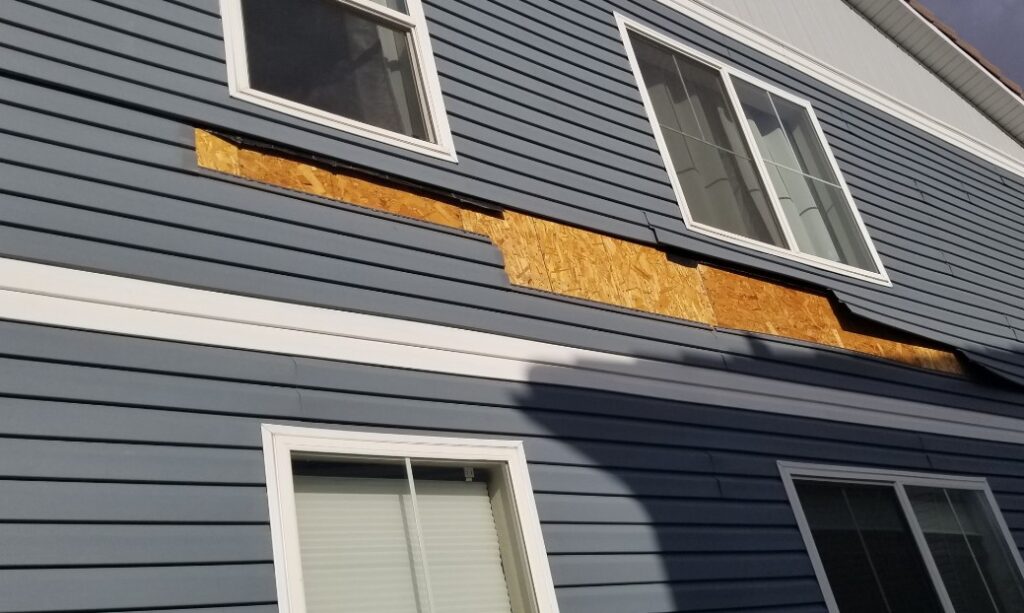
Now let’s take a look at some of the best siding repair products and services available that can help restore and enhance your home’s exterior.
1. RepairMaster Vinyl Siding Repair Kit
RepairMaster offers a vinyl siding repair kit that’s perfect for small to medium-sized damages. The kit includes a color-matching compound that blends seamlessly with your existing siding.
- Pros: Easy to use, durable results, color-matching for most vinyl siding, ideal for small cracks or holes.
- Cons: Not suitable for large-scale damage or structural issues.
- Price: Approximately $45–$60, depending on the kit size.
- Features: Includes patching material, tools for smoothing, and instructions for professional-level results. The color-matching compound ensures that repairs blend with the rest of the siding.
This product is ideal for minor siding repairs, such as cracks, holes, or minor chips. It’s perfect for homeowners looking for an affordable and quick DIY solution. You can easily purchase it from the official RepairMaster website.
2. Fiber Cement Siding Patch
If your siding is made of fiber cement, the Fiber Cement Siding Patch is an excellent product to consider. This is specifically designed to repair small cracks or holes in fiber cement siding.
- Pros: Works seamlessly on fiber cement siding, dries quickly, and resists weather elements.
- Cons: Only works on fiber cement; may not be suitable for other materials.
- Price: $60–$80 for a small repair kit.
- Features: Fast-drying, weather-resistant, available in multiple colors to match various fiber cement brands.
Fiber cement siding is known for its durability, but it can crack under severe weather. This repair patch helps prevent further damage and ensures that your siding stays strong for years to come.
3. Handyman Siding Repair Service
For larger repair jobs, a handyman siding repair service may be your best option. These professionals offer a range of services from minor touch-ups to full replacement of damaged siding sections.
- Pros: Professional installation and repair, ensures long-term results, saves time and effort.
- Cons: Higher upfront costs compared to DIY options.
- Price: $200–$1,500 depending on the extent of repairs and materials used.
- Features: Professional assessment, quality materials, and reliable craftsmanship.
If you are not comfortable with DIY repairs or have significant damage, hiring a local handyman for siding repair is a reliable option. They offer expertise and efficiency, ensuring that your home is properly protected.
How to Choose the Right Siding Repair Service or Product
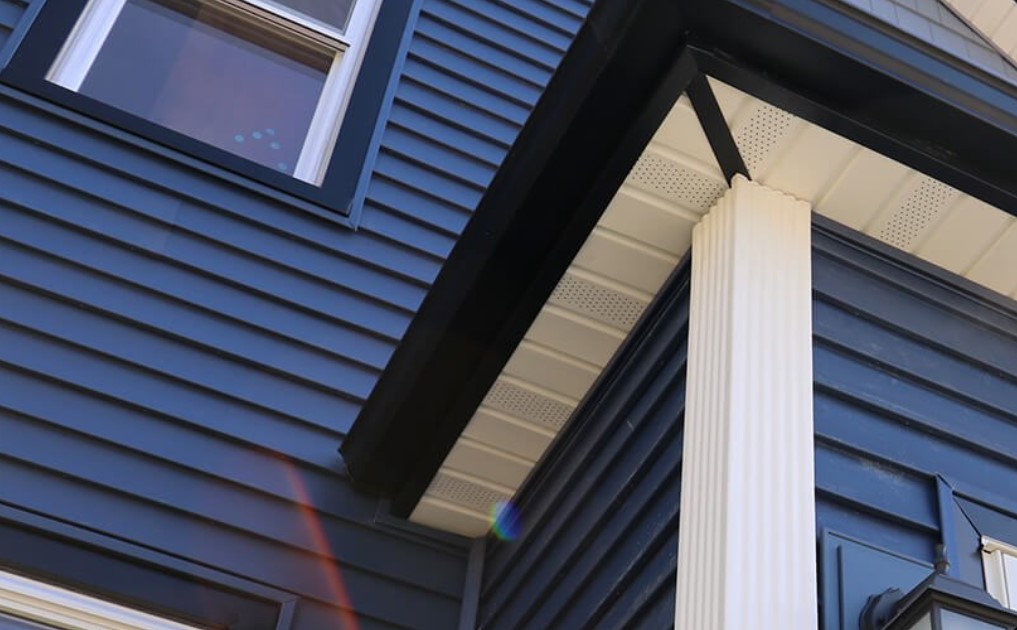
Choosing the right product or service depends on several factors, including the type of siding you have, the extent of the damage, and your budget. Here’s what to consider:
- Siding Material: Make sure the product or service you choose is compatible with the material of your siding.
- Extent of Damage: For minor repairs, DIY kits may be sufficient. For major damage, professional services may be necessary.
- Budget: DIY kits are more affordable, but professional services may provide more lasting results.
- Warranty: Look for services and products that come with a warranty for added peace of mind.
Where to Buy Affordable Siding Repair Products
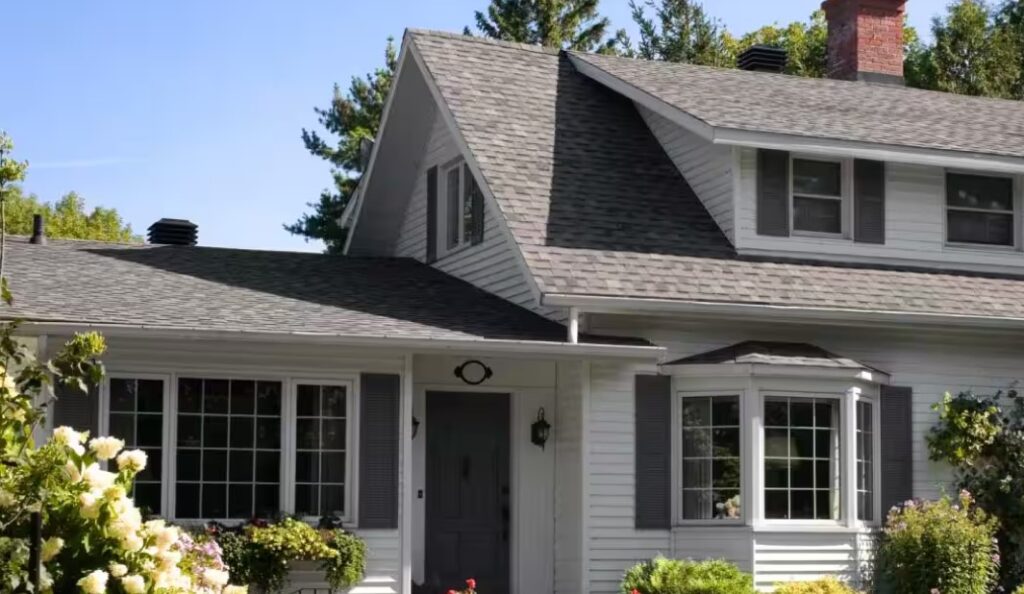
When it comes to purchasing siding repair products, you can often find the best deals online. Websites like Amazon, Home Depot, and Lowe’s offer a wide selection of siding repair kits and tools at affordable prices. For professional services, consider reaching out to local contractors through platforms like Angie’s List or Thumbtack.
Use Cases: What Problems Can Siding Repair Solve?
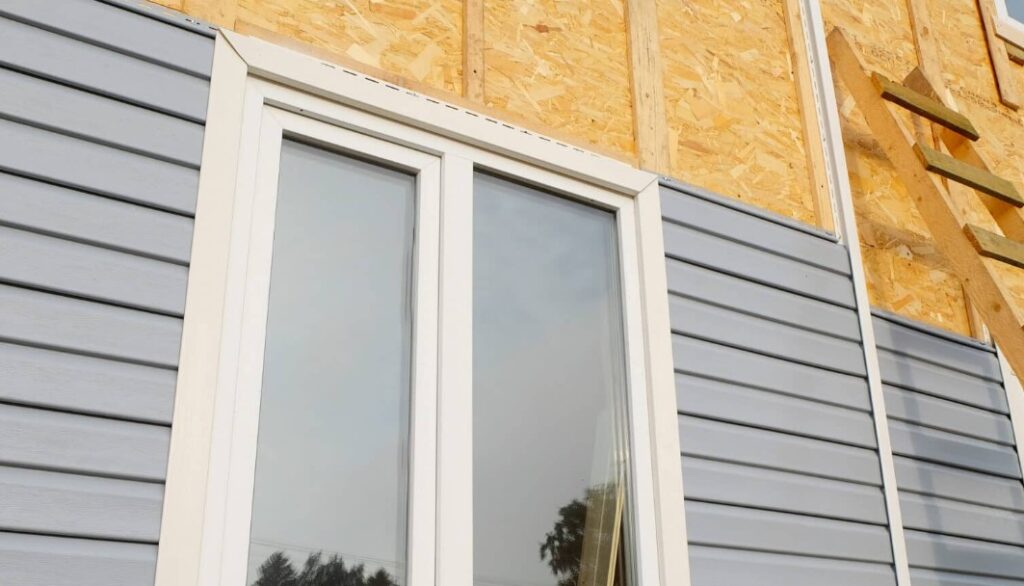
Siding repair products and services can help solve several common problems homeowners face:
- Water Damage: Siding that is cracked or missing can allow water to seep into your home, causing mold growth, rotting, and structural damage.
- Energy Inefficiency: Damaged siding allows air to escape or enter, raising your heating and cooling bills.
- Aesthetic Damage: Cracked or faded siding can negatively impact the curb appeal of your home.
- Storm Damage: High winds and hail can damage siding, leading to costly repairs if not addressed quickly.
Frequently Asked Questions (FAQs)
- How much does siding repair cost? The cost of siding repair can vary widely depending on the type of siding, extent of damage, and whether you are doing it yourself or hiring a professional. DIY kits typically range from $45 to $80, while professional services can cost between $200 and $1,500.
- Can I repair my siding myself? Yes, if the damage is minor, you can use a DIY siding repair kit. However, for extensive damage or large areas, it’s best to hire a professional.
- How long does siding repair take? DIY repairs can take a few hours to a day, depending on the severity of the damage. Professional services may take several days, depending on the size of the job.
With these insights, you’re now equipped with the knowledge to find affordable siding repair near you. Whether you’re tackling a small project yourself or hiring a professional, ensuring that your siding is well-maintained will protect your home for years to come.


